Tag: York River
Wikipedia says: The York River is a navigable estuary, approximately 34 miles (55 km) long, in eastern Virginia in the United States. It ranges in width from 1 mile (1.6 km) at its head to 2.5 miles (4.0 km) near its mouth on the west side of Chesapeake Bay. Its watershed drains an area of the coastal plain of Virginia north and east of Richmond.
Its banks were inhabited by indigenous peoples for thousands of years. In 2003 evidence was found of the likely site of Werowocomoco, one of two capitals used by the paramount chief Powhatan before 1609. The site was inhabited since 1200 as a major village. Enormously important in later U.S. history, the river was also the scene of early settlements of the Virginia Colony. It was the site of significant events and battles in both the American Revolutionary War and the American Civil War.
The York River is formed at West Point, approximately 35 miles (56 km) east of Richmond, by the confluence of the Mattaponi and Pamunkey rivers. It drains into the Chesapeake Bay towards the southeast, entering the bay approximately 5 miles (8 km) east of Yorktown.
The York River was formerly known as the Pamunkey River by the Native Americans. Colonists of the Virginia Company in the 17th century first called it the Charles River. On the north bank (the Middle Peninsula), in what is now Gloucester County, the chief of the Powhatan Confederacy maintained Werowocomoco, one of two capitals of the paramount chiefdom at the time of European contact before 1609. In 2002-2003, archeological evidence was found of an extensive ancient settlement on the York River at Purtan Bay. With excavations since then, researchers have concluded this is likely the site of Werowocomoco. They have found evidence of a large residential village inhabited since 1200 CE, with major earthworks constructed in 1400 CE, more than 200 years prior to the English colonists. In 2006 the Werowocomoco Archeological Site was listed on the National Register of Historic Places. Excavations continue by a team from the College of William and Mary, the Virginia Department of Natural History and representatives of Virginia descendant tribes of the Powhatan.
The peninsula formed by the York and the James rivers just to the south became the scene of the end campaign of the American Revolutionary War in October 1781. The British Army under Cornwallis at Yorktown found itself cornered by the Americans under George Washington on land and by the French fleet at sea. The ensuing American victory at the Battle of Yorktown forced the surrender of Cornwallis and the end of the war in the east. During the American Civil War, the same area became the theater of the Peninsular Campaign of 1862.
Showing 1–16 of 31 results
-
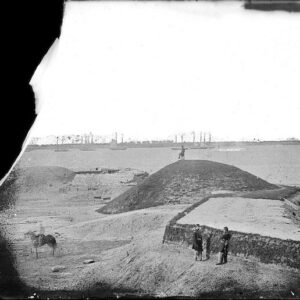
Image ID: AEHI
$4.99 – $6.99 -
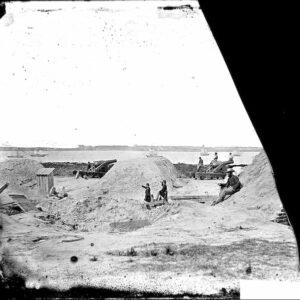
Image ID: AEQN
$1.99 – $3.99 -
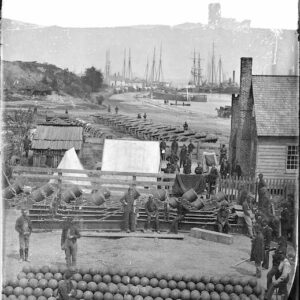
Image ID: AIFR
$4.99 – $6.99 -
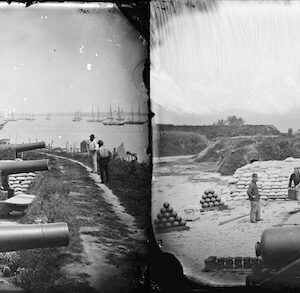
Image ID: AJPY
$0.99 – $6.99 -
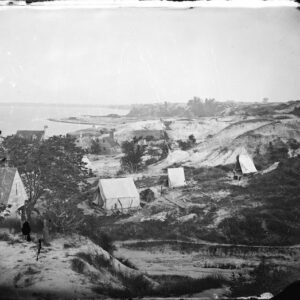
Image ID: AJQF
$5.99 -
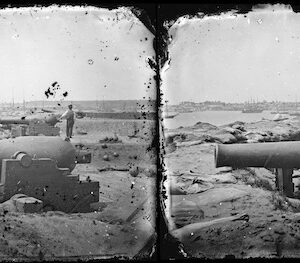
Image ID: AJQG
$6.99 -
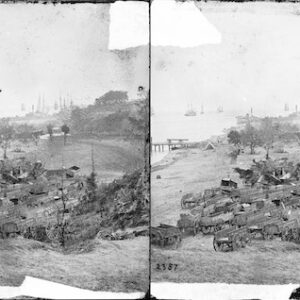
Image ID: AKQD
$6.99 -
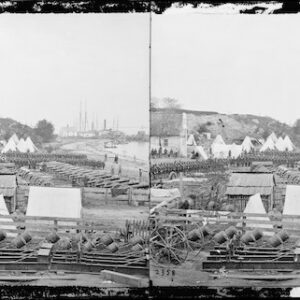
Image ID: AKQE
$4.99 – $6.99 -
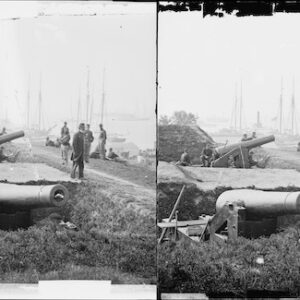
Image ID: AKQF
$6.99 -
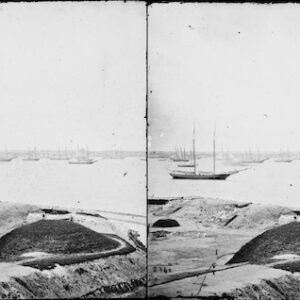
Image ID: AKQG
$6.99 -
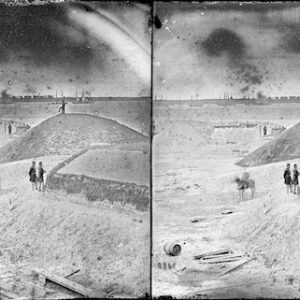
Image ID: AKQH
$6.99 -
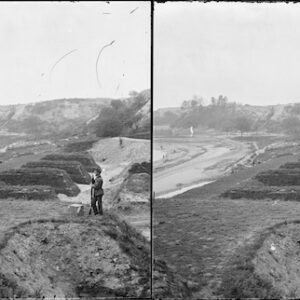
Image ID: AKQI
$6.99 -
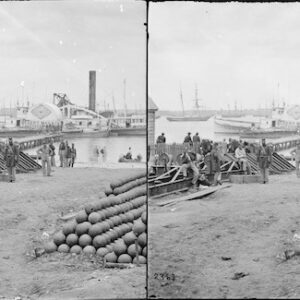
Image ID: AKQJ
$6.99 -
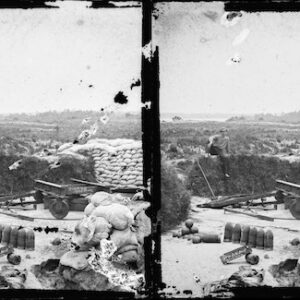
Image ID: AKQO
$6.99 -
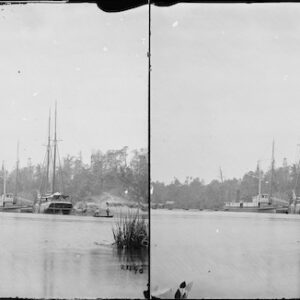
Image ID: AKTV
$6.99 -
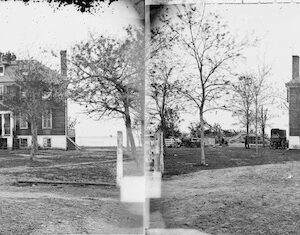
Image ID: AMTX
$5.99